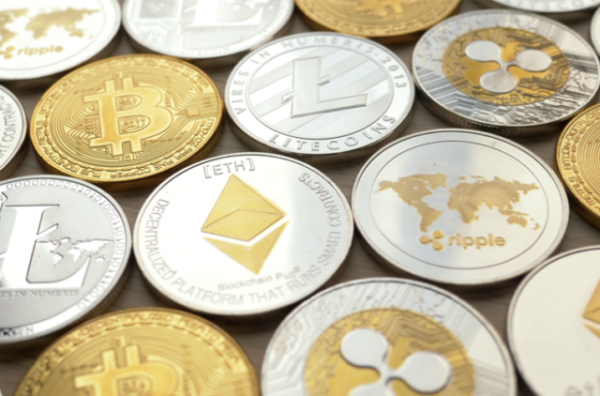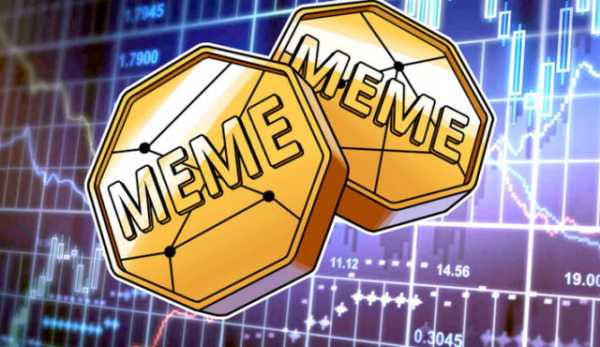What threats do “dead tokens” pose?

Illiquid tokens are one of the hidden threats in the cryptocurrency market that can have serious consequences for investors.
Dmitry Poyda, an AML/KYT investigation analyst at the provider Shard, explained how to identify such tokens, recognize fraudulent manipulation schemes, and protect funds.
What are the signs that a token is invalid?
The low barrier to entry for issuing new tokens is a problem in the modern crypto ecosystem. Platforms like pump.fun allow users to create a digital asset with minimal effort and in a short time. This doesn't require users to have in-depth knowledge of tokenomics, smart contracts, or market dynamics. This accessibility leads to the emergence of tokens that quickly lose value, become speculative assets, and are often used in illiquid projects.
A less visible but important indicator of a token's “non-viability” is excessive liquidity concentration in a narrow pool controlled by a limited number of addresses without regular rebalancing. This often indicates attempts to artificially maintain the illusion of market activity.
The behavior of major token holders helps us understand how they assess the asset's prospects. If investors are massively converting tokens to stablecoins or withdrawing funds through OTC transactions, this may indicate a decline in confidence in the project. Such signals are tracked using on-chain analysis, which allows us to monitor the movement of funds and the activity of major wallets.
Blockchain explorers are used to track key metrics:
- number of active holders;
- distribution of balances;
- dynamics of total supply;
- large transactions.
Mechanisms of market manipulation with illiquid tokens
Such schemes often involve the issuance of proprietary digital assets with artificially limited liquidity. These tokens are controlled by the organizers and used to manipulate the market to attract and retain investment. Unlike established cryptocurrencies such as BTC or ETH, illiquid tokens often lack consistent demand on the open market and are primarily traded on DEXs, where launching and listing a token requires minimal investment.
One of the most common models is the integration of proprietary tokens into Ponzi schemes and scams. The organizers of such schemes use attractive technological narratives—GameFi, metaverses, staking mechanisms—with promises of high returns to attract a wide audience of investors. However, tokens are issued in limited quantities, and their price is artificially maintained or manipulated by their creators.
So-called “rug pulls” are also widespread. They involve a quick launch of a token, followed by a rapid devaluation and withdrawal of funds by the creators. As a result, investors are left with nothing.
What are the most popular schemes for inflating token volumes and prices among attackers?
- Wash trading. A fraudster repeatedly buys and sells the same token through one or more controlled addresses. This creates the impression of high liquidity and interest from other market participants, which may attract genuine investors.
- Pump and dump. Organizers artificially inflate interest in a little-known, low-liquidity token, often through Telegram channels, chats, and social media. They then inflate trading volumes through fictitious trades. When the price reaches the desired level, they sell the assets, causing a sharp decline and resulting in losses for other investors.
- Use of trading bots. Automated bots execute dozens or hundreds of trades in a short period of time, creating the impression of intense market activity. This can mislead less experienced investors and provoke an unjustified surge in interest in the token.
Is it possible to track the path of funds through blockchain analytics?
Blockchain analytics allows us to track the movement of funds converted into any tokens, including utility tokens, even if they become illiquid or “useless.” After all, the entire transaction history is stored on public blockchains and is available for analysis.
However, in practice the task is greatly complicated by a number of factors:
- Address anonymity. Public addresses are not linked to specific identities. Users and attackers can use mixers and other methods to obfuscate their identity.
- The complexity of interacting with DeFi infrastructure. Tokens are often involved in smart contract chains, liquidity pools, DEXs, and automated market makers. This creates complex flow patterns that are difficult to decipher without in-depth analysis.
- Token illiquidity. When a token loses liquidity, transactions with it virtually cease. It simply “stagnates” in wallets, making it difficult to understand the future movement of funds.
Effectively tracking funds often requires combining on-chain analysis with OSINT methods: examining publicly available information, identifying links between addresses and individuals, and analyzing user behavior and atypical transaction anomalies.
The Role of Cryptocurrency Exchanges in Token Legitimization and Crackdown
Cryptocurrency exchanges act as key guarantors of digital market infrastructure, fostering stability and trust through rigorous standard vetting of tokens. Exchanges conduct a multi-layered assessment of tokens, including analyzing liquidity, verifying smart contracts, and verifying regulatory compliance. They also consider project team activity and community feedback, helping to identify potential technical and regulatory risks.
Based on a comprehensive assessment, exchanges decide to delist a token, meaning remove it from trading pairs. This measure prevents the further spread of illiquid assets and serves as a mechanism for mitigating operational and legal risks for users and the platform itself. Delisting, therefore, serves as a tool for maintaining the quality of trading instruments and preserving investor confidence.
Recommendations for protection against counterfeit tokens
- On-chain analysis using blockchain explorers. This allows you to obtain basic technical information about a token: smart contract address, number of holders, transaction volume, token distribution, history, and frequency of transactions. These parameters help assess the activity and decentralization of the asset, as well as identify signs of fictitious activity.
- Monitoring via Telegram bots and analytical channels. They track token listings on exchanges. These bots automatically notify about new token listings, sudden changes in the number of holders, or suspicious transactions.
- Verify the project's transparency. Having open information about the team, roadmap, public communications, and community activity reduces the risk of running into a fraudulent project. Anonymity of developers or a lack of information about the token's goals and mechanics should raise doubts about its reliability.
Источник: cryptocurrency.tech



